Australia is a large continental island and most of the population tend to live close to the coast. This means specialist medical care is concentrated in the larger towns and cities, mostly away from those communities inland. Whether it is bringing a patient to or taking health professionals out, the only quick method of travel is by air, especially when an emergency situation arises or the roads are closed due to bad weather.
Royal Flying Doctor Service (RFDS) – “The furthest corner. The finest care”

Most of us have heard of the Royal Flying Doctor Service (RFDS) but what does this iconic not-for-profit organisation do? Well, just a few of the services the RFDS provides are:
Aeromedical retrieval, Patient transfers, regular fly-in fly-out GP, Nursing and Allied Health Clinics, Tele-health consultations, Health and Dental clinics in remote and rural communities, plus Mental Health and research support across remote and rural Australia.
The RFDS has 4 operating sections: Central Operations (South Australia & Northern Territory), Western Operations, Queensland Section and the South Eastern Section(Victoria and Tasmania).
The Central Operations covers South Australia and the lower half of the Northern Territory, from Elliot/Daly Waters southwards, an area of more than 1 million square kilometres (386,000 Sq Miles). The Alice Springs Base was opened in 1939, followed by Port Augusta in 1955, and Adelaide in 1987.
In this article I will be looking at just one of those bases, the one located in Alice Springs, Northern Territory, Australia.
After introducing myself to Kate Hannon, the Media & Communications Manager RFDS Central Operations, my visit was arranged to the base facility located at Alice Springs Airport 12km from town.
The Base complex includes three large hangar spaces, reception, administration offices, meeting, pilot/crew and ready/despatch rooms. Standby crew have a ‘not so dark’, and ‘dark’ rest rooms and there is a workshop/store annex to the side of the maintenance hangar. There is also a medical facility that can be used to stabilise patients between air and ground transport modes. Ambulances are able drive directly to the facility or to the aircraft parked on the apron if required.
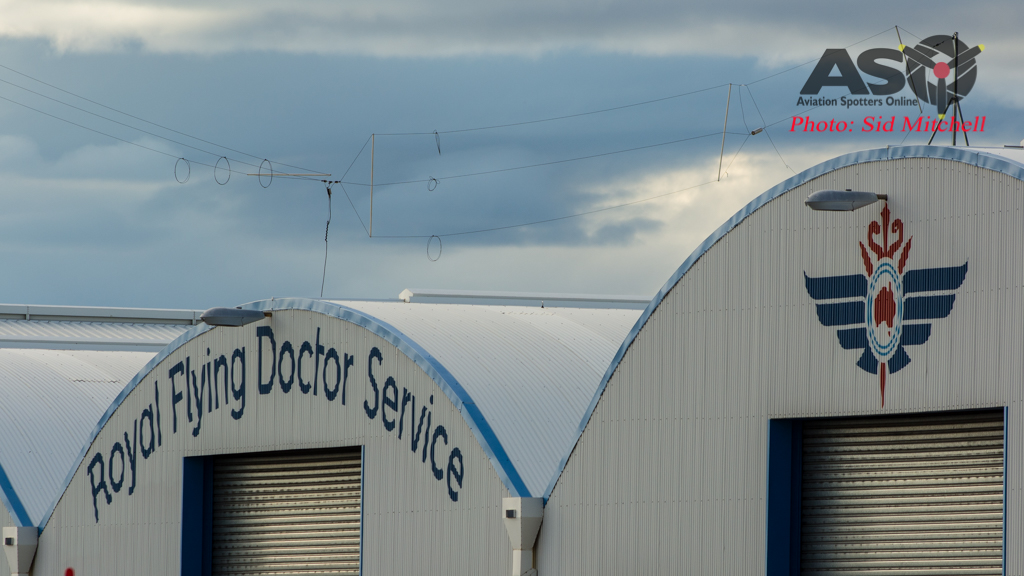
VHF, HF Radio and Sat phones have been essential for staying in contact from the early pedal powered wireless days.
Having been signed in and issued a pass and day-glo vest by Karen at reception, we headed out to the hangar to meet my guide for the afternoon.
Shane Wise is one of the Line Pilots based at Alice Springs and was rostered in a non flying role for the day so was able to show me around. When I arrived he was at VH-FGT with Flight Nurse Alister, demonstrating the stretcher lift to some students on a visit to the facility. The lift, an accessory fitted to the rear access doorway of the PC-12 aircraft, electrically raises the stretcher, in this case with a student strapped in, from ground level to cabin floor level. From there the stretcher can be wheeled into position and secured inside the aircraft.
After the group of students departed, we climbed up through the forward door and I enquire about how long he has been flying for the RFDS. “I have been with RFDS for just over 2 1/2 years, the conversion takes 2 weeks plus about 2-4 weeks of on the job In Command Under Instruction (ICUS). We all have varied experiences as pilots, as for I myself, was flying Rockwell AC50 Aerocommanders and Dornier Do228s before coming here, some of the others were on B200 King Airs, and we have a spattering of instructors from various flight schools, one guy even has DC-8 time!” He goes on to give me a rundown of the various models they have here in Alice Springs.
“Alice Springs Base operates 4 types of Pilatus Aircraft from the PC-12 range, VH-FMW and VH-FMZ are PC-12/45 series 9, VH- FGT is a PC12/45 Series 10, VH-FDJ is a PC-12/47-10 but modified, and rounding out the fleet are VH-FVA and VH-FVB, both PC12/47E (NG)” The PC-12NG are the latest versions. Shane mentions that a new era will soon be here with the introduction of the Pilatus 24, a jet with large cargo door and short, unpaved surface capabilities. It is another asset which can shorten the air time in patient transfer but will not be based at Alice Springs.
The Swiss built aircraft arrive in Australia as a basic Pilatus airframe fitted with the single Pratt & Whitney Canada PT6A , tricycle trailing link undercarriage, with a massive cargo door in the back that swings up, and the forward access being an air-stair. They are fitted out in Adelaide, a process that takes a few weeks to complete which delivers a medically-equipped aircraft capable of carrying two stretchered patients, a retrieval doctor, flight nurse and passengers.
Looking into the cockpit it is obviously a very modern ‘glass’ cockpit and Shane flicks a few switches and a Primary Flight Display (PFD) and Multi Function Display (MFD) fire up – and then uses the navigation ‘trackball’ to demonstrate how easy it is to highlight and enter navigation parameters like descent profiles. He explains a number of technical innovations with the NG version and says due to some advanced navigation features, it could be very easy to let the ‘aircraft fly you’ instead of you flying the aircraft. Shane also highlights the cabin pressurisation system and how it is a factor in some patient transport. “The PC-12 system can hold ground-level pressure on the series 9 and 10 to approx 15000 feet, the NG in Low Cabin mode 16-17000 feet”. Some patients do require cruise altitude considerations due to their medical conditions, he says.
I ask him what are the shortest and longest flights, and he says the patient relocation flights to Darwin or Adelaide, about 1500km each, north and south of Alice Springs are the longest. Some local flights can be quite short – such as the Napperby community, about 150km (75 miles) from Alice Springs.
What about the worst conditions you are likely to fly in ? – “I think the worst conditions are rainy/stormy at night”
Turning to the cabin area, most of the seats have been removed and modular components fitted to the cabin area. Normal layout starting from the front is, a rear facing seat for the Retrieval doctor who is positioned facing the first (larger) of two stretcher positions. The patients head is normally towards the front. Opposite the patient is a drawer cabinet which contains a myriad of medical supplies, consumables and specific equipment such as masks.
Behind the cabinet and opposite the mid section of the stretcher, is a rear facing seat for the Flight-nurse. This position also has a communications panel (VHF) to allow the flight nurse to talk directly with base/medical facilities without the need to be in the actual cockpit. Behind the nurse seat is another seat, forward facing, that can accomodate an additional passenger, sometimes a relative, friend or aide to the patient.
A second stretcher position lays behind the first and beyond that at the rear of the cabin are more storage spaces for equipment that may need to be brought aboard for a specific flight. Above both stretchers is a fitted rack which can accomodate a number of monitoring devices and other life support equipment necessary to keep the patient stabilised. Oxygen and a suction is also available from a purpose built panel on the side wall of the cabin.
Essentially the crew have the capability to stabilise, monitor and treat a patient for a number of hours while airborne, so they can be transferred to a ground based, high care medical facility. As patients do need to be assessed for suitability for air travel, occasionally air retrieval is not possible due to their specific medical conditions.
Shane also said that each aircraft have their specific traits with the older version such as VH-FMW, which was parked in the hangar, a much more hands on aircraft. The more modern NG versions have an additional trim tab to make flying easier. FMW and FMZ are dedicated to passenger configuration for clinical flights. Clinical flights are where the aircraft is in its standard seat configuration and carries General Practitioners, Nurses and Allied Health Professionals to remote locations, enabling them to deliver essential primary and preventative health care services.

VH-FMW configured with just seating for clinic flights
The ‘Clinic’ aircraft are easily identified by the overall white with the blue, grey and red pin-striped livery, and looking outside the hangar, I see VH-FMZ sitting patiently in the sun on the tarmac.
The remaining 4 aircraft of the Alice Springs fleet are all Aeromedical types being a mix of old and new livery (Red and White), which is applied at a paint and finish facility in Brisbane, Queensland.
Walking around to the maintenance hangar Shane introduced me to a couple of the LAME maintenance crew, Rodney and Danny, who were working in the engine bay and under the starboard wing. They had just returned to VH-FDJ after an engine run on one of the aircraft due to depart that afternoon. VH-FDJ had numerous access panels and cowlings removed for maintenance.
Larger maintenance is carried out in Adelaide but most servicing work can be performed at Alice Springs, for example, engine removal, as I noticed a Pratt & Whitney Canada PT6A-67B engine sitting on a maintenance bench nearby. One luxury pointed out to me was the ‘swampy’ evaporative air conditioner ducts mounted on the rear wall of the hangar, and the roof insulation. The Swampies were made possible through public donations co-ordinated by the RFDS Alice Springs Auxiliary…. a very practical way of using those donations that are so important to the RFDS. They are a modern necessity in the 45 plus degree heat of Central Australia on hot summer days, a luxury that those riggers and mechanics did without, back in the 1930s and 1940s, working under canvas shelters on a mix of de Havilland DH.50s, DH.83 Fox Moths and DH.84 Dragons.
One thing I did impress me was how clean the hangar floors are…just as one of the other pilots, Mick, walked past guiding a new floor wash/sweeper. They are certainly multi skilled at the Alice RFDS Base… all hands help out the team.
From the maintenance hangar we walk back to the main hangar past FGT, and over to have a look inside VH-FMW. FMW is one of the older series 9 aircraft configured for Clinical flights, that is to say non-aeromedical. Being an older version the cockpit layout and avionic suite is also the older.
As with other aircraft, iPads are becoming part of the cockpit accessories, and I notice one is mounted next to the left window sill of the cockpit. I ask Shane about this type of technology “We carry a handheld iPad 3 as part of our cockpit kit and the fleet nearly all have the iPad minis installed, I think there only 2 left without them and will soon have it install on their next phase service”.
From the hangar we move inside to the administration area, where a series of paintings come together to greet visitors, depicting various aspects of the RFDS. We continue down the hallway briefly looking into the offices, rest and meeting rooms and on toward the operations area.
In the pilots office there are desktop computers which the non flying pilots can link with the flying crews for weather updates and changes to flight plans. On the wall is a status/roster board and two pilots, Mick and Mark are at their desks chatting about check rides and operational subjects way beyond me.
Looking at an Area Map, I see operations extend into Western Australia and down into South Australia with range markers at 60 and 90 minutes from Alice Springs airport.
There are very few areas where the pilots are not within 50 miles of a remote dirt airstrip should the need arise to make an emergency landing. Shane shows me an airfield data sheet and explains it is one of the smallest communities they fly into. At Wingellina, on the WA/NT/SA border, the aircraft are actually taxied down and parked in the township.
Interestingly there are a number of locations around Australia where the local highway performs the function of remote airstrip. One that I have driven over many times is on the Stuart Highway mid north South Australia. The road can be close by local police and used buy the RFDS or other emergency aircraft.
I had also noticed the web of aerials across the hangar roof – Shane explains “VHF is for Comms and we can use the HF for communication with the Operational Control Centre (OCC), located in Port Augusta (1200km away) We also have a Sat phone fitted to the plane”.
With today’s pilot Mark heading out to pre-flight VH- FVA for a trip to Alpurrurulan (Lake Nash) near the Queensland border, Shane shows me to the despatch/ready room. This area contains some of what the retrieval team may need for a particular flight, specialist monitoring and life support equipment like heart or blood pressure monitors and consumable items such as fluids, needles/syringes, bandages, limb supports etc.
Depending on the patient needs and anticipating any complications determines what the team needs to take with them.
I am introduced to Flight Doctor Simon and Flight Nurse Alister as they quickly grab their kit and head out to the waiting FVA on the apron.
With the aircraft nearly ready, they climb aboard, stow the bags and strap into their seats.
It’s not long before Mark has FVA fired up and ready to Taxi. Alice Springs tower issues the clearance and with a final wave to a few of us watching from the hangar, they taxi across the parking area and out to the end of the runway.
Alice Tower clearance signals take off and Pilot Mark, Doc Simon, Nurse Alistair and VH-FVA accelerate, lifting off smoothly and turning left, head towards Lake Nash on the first leg of today’s mission. It will be just over an 70 minute flight with some time on the ground and then returning to Alice Springs.
I ask what does it take to be a pilot or nurse at the RFDS, and Shane explains that most nurses are at least in their 30’s and have a minimum 6 years nursing experience. He points out that they are the real hero’s of the operation, modestly playing down his own role. But pilots, like him, are part of a team and often come from different flying backgrounds, some from twins and some even with jet experience.
As for the doctors, they see a few retrieval doctors rotate through the RFDS – it is certainly a unique experience for them too, working in remote Australia.
Time is up and I hand in the vest and visitor pass to Karen, then have short chat with Shane about photography, a common interest it seems. He has a number of his own pics being used for promoting the RFDS and has kindly allowed me to use a few in this article. One notable career highlight is that he was the last pilot to fly VH-FMP which had over 17,000 hours on the airframe before being de-commissioned. It is now the display aircraft in the recently opened RFDS Tourist Facility in Darwin.
Its about 5pm when I return to the airport just in time to catch FlyDoc 864 landing from its 1h:25min flight with their patient.
FVA taxi’s back to the apron, parks and shuts down – an ambulance transport is waiting to meet them at the hangar. Another important flight completed.
Many would say is just another day at the RFDS Central Operations Alice Springs, but for people relying on the service, it is a life line to good health care in the Australian outback. I head off to town thinking about how these folks really do make a big difference to those the bush.
It was such a great opportunity to peek behind the scenes and see just part of the hard work and dedication the RFDS team perform.
I must give big thanks to Shane for escorting me around and explaining the Alice operations to me. Thanks go to Kate in Adelaide and the rest of the team at Alice Springs for the opportunity to visit, and if you would like to know more about this great non-profit organisation, and it’s people, please click on the links provided below.
If you happen to see a RFDS donation tin in your travels please put a little cash in it – every dollar helps, in fact have a look at the $20 dollar note before you drop it in. There are many references to the RFDS – the founder Reverend John Flynn, Victory – their first D.H 50 and Alfred Traeger – inventor of the pedal-radio… all now part of Australian outback history.
The RFDS have links on their website to both Tourist Facilities here: https://www.flyingdoctor.org.au/sant/rfds-tourist-facilities/
For more news on RFDS Central Operations: https://www.flyingdoctor.org.au/sant/
To check out where are aircraft are flying in real time go to the flight map: https://www.flyingdoctor.org.au/map/
Find out more about the RFDS fleet: https://www.flyingdoctor.org.au/about-the-rfds/our-fleet/
Sid Mitchell.
My kit – Nikon D7100, Nikon 18-55mm, 50mm, 70-200mm and 200-500mm lenses with Sandisk extreme card

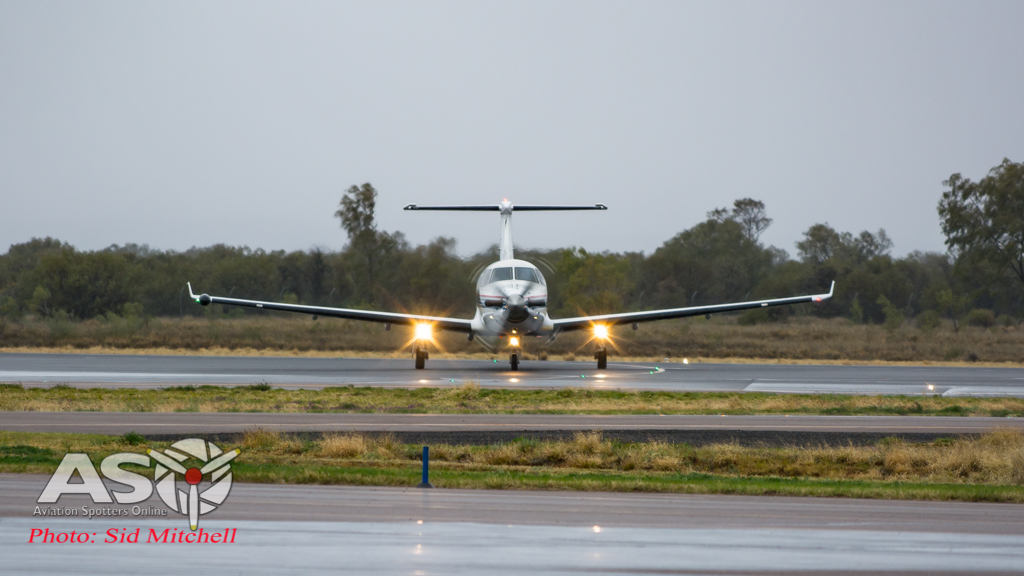

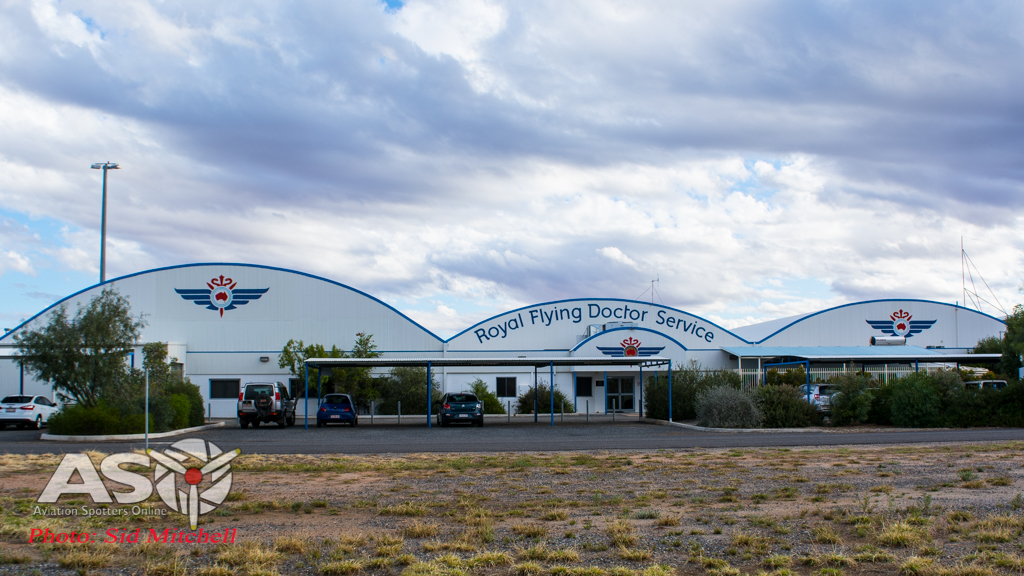



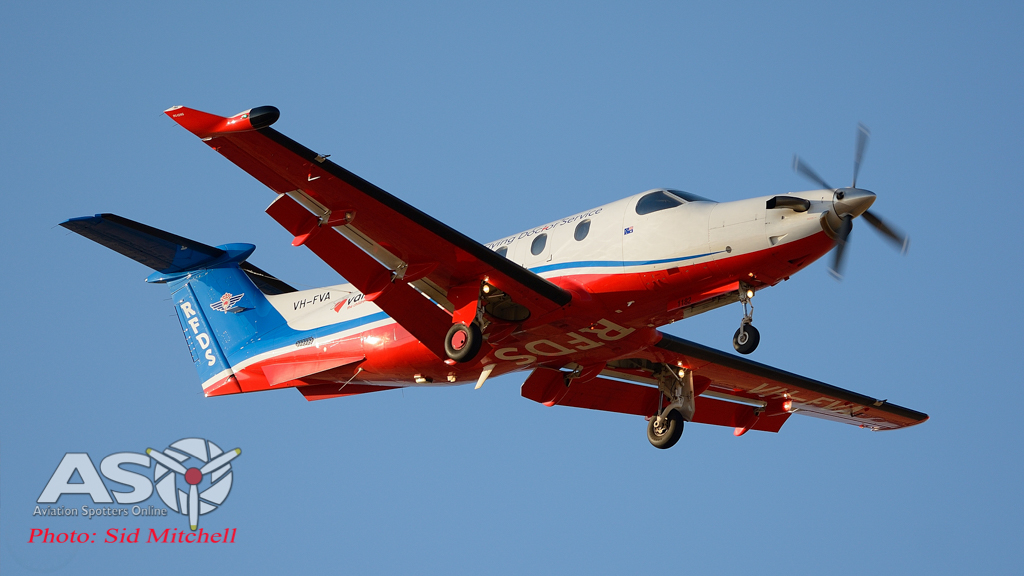
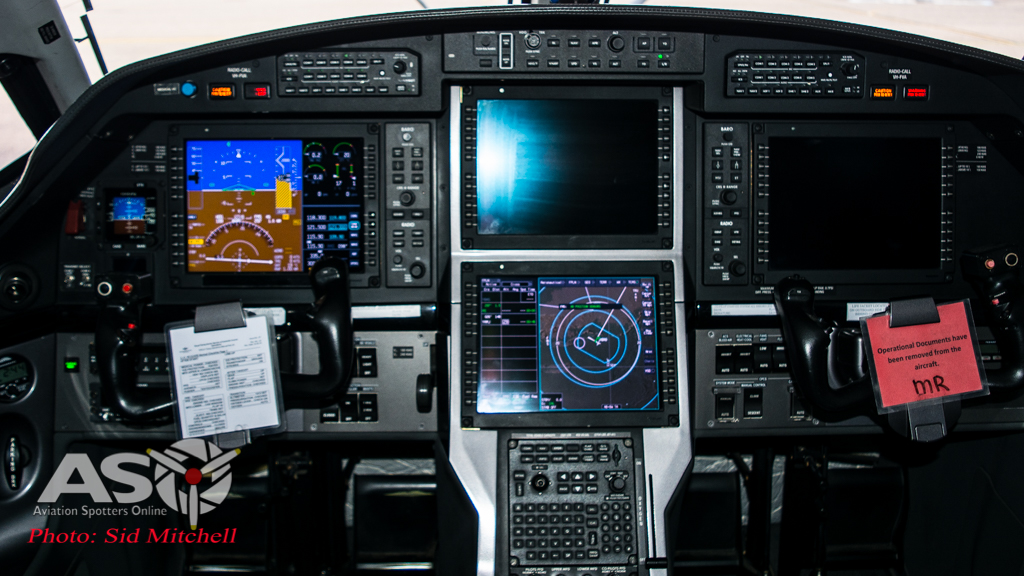
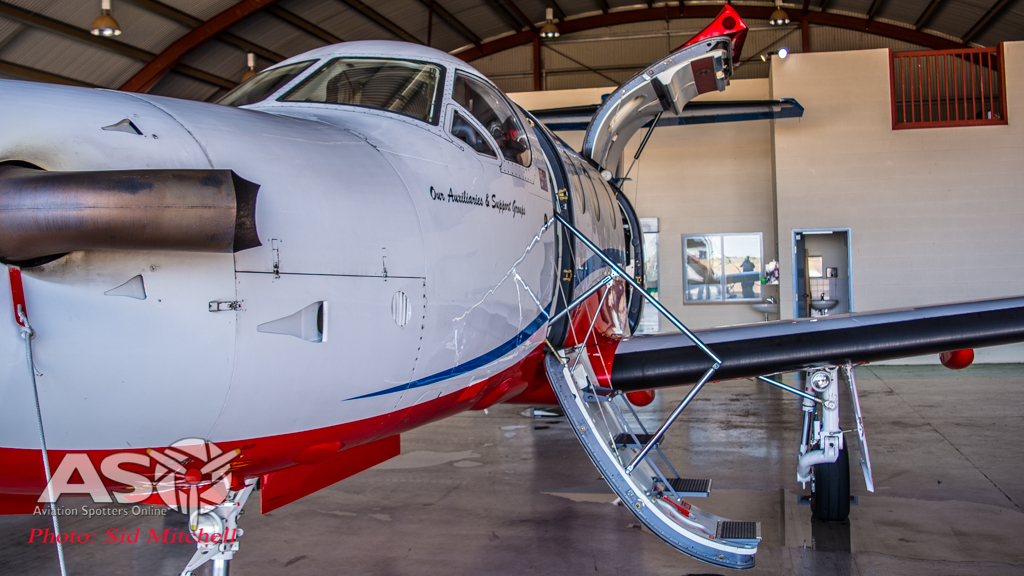
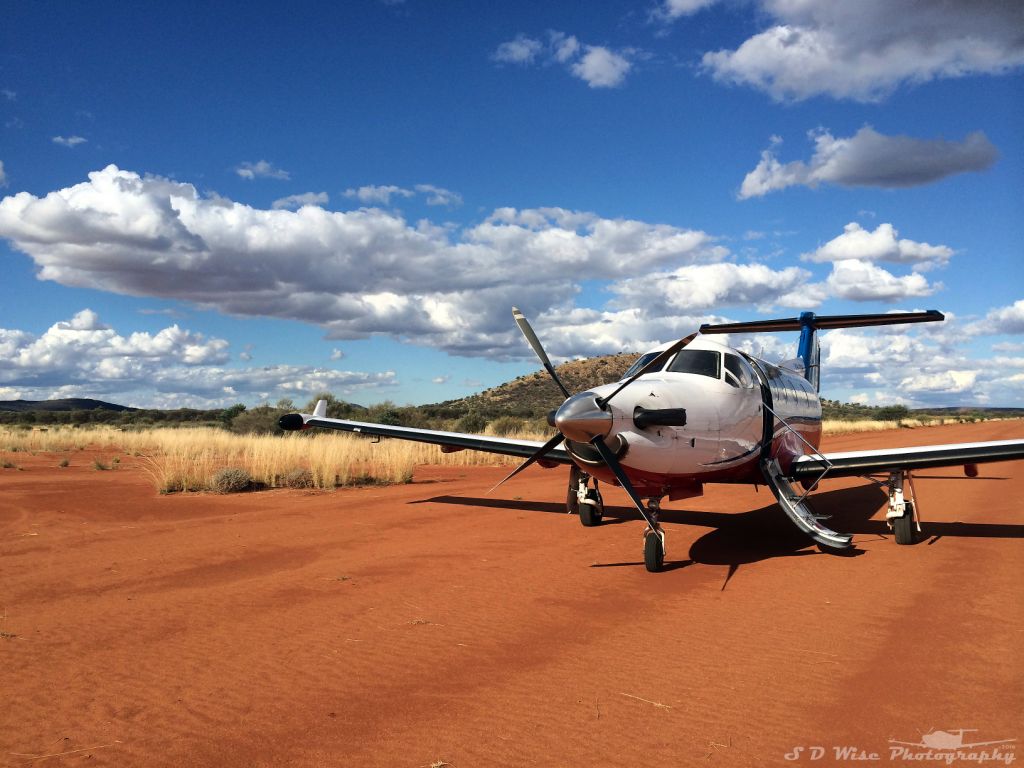
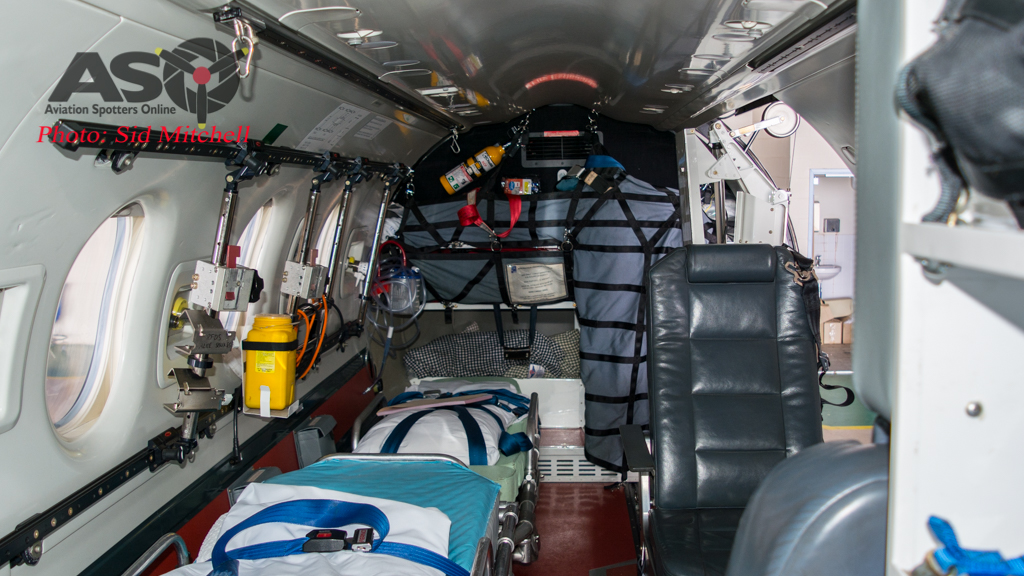

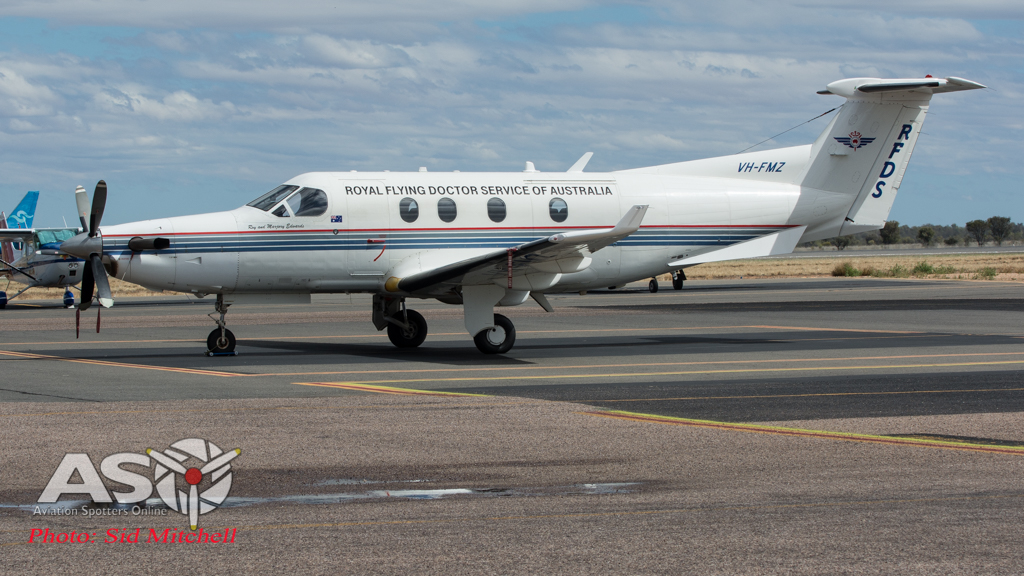

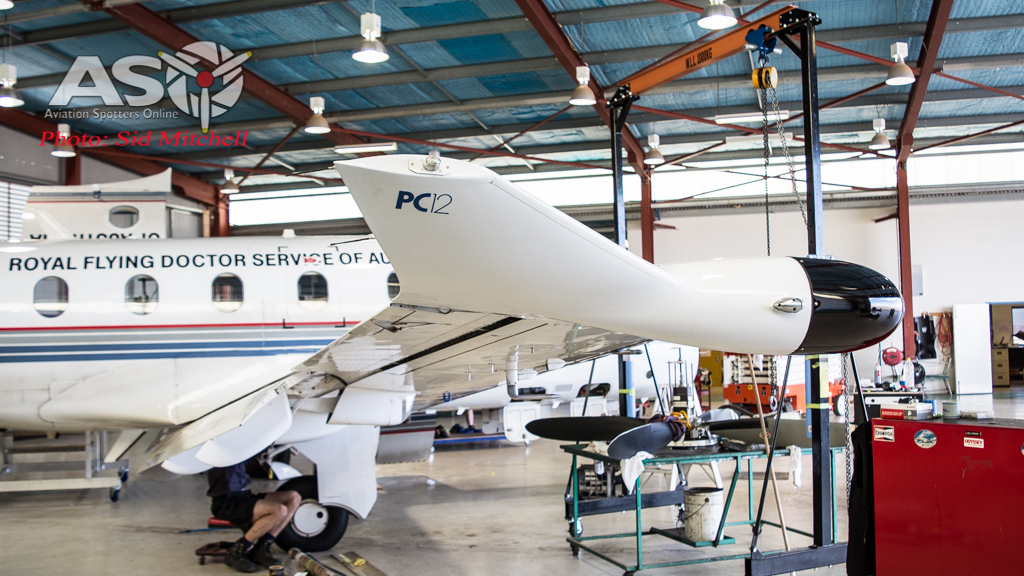
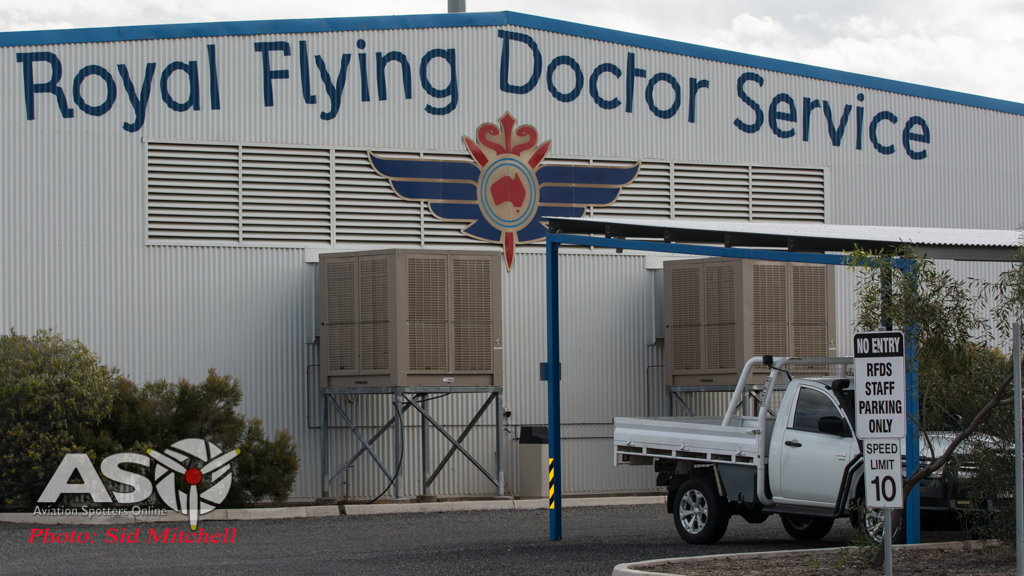
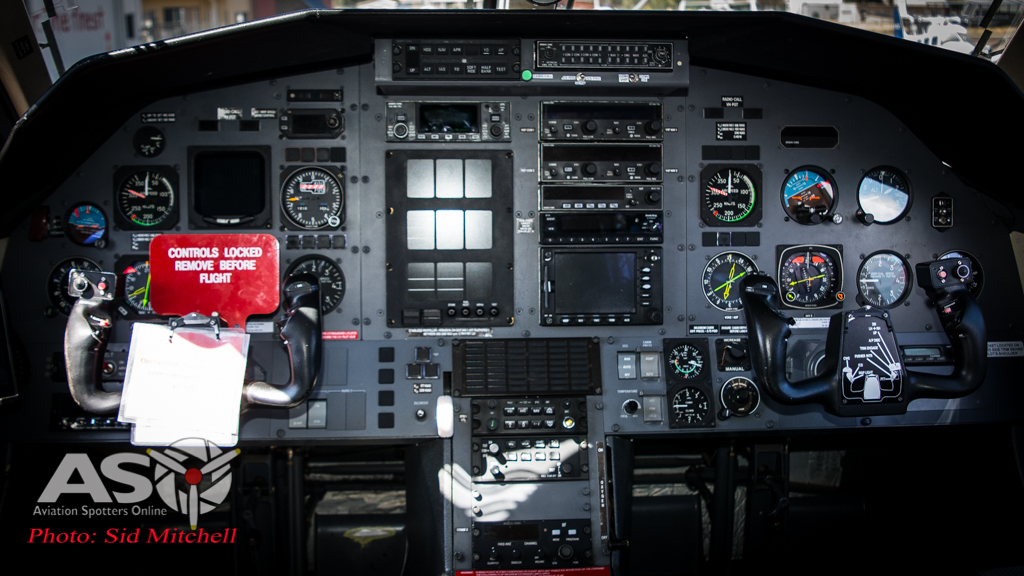
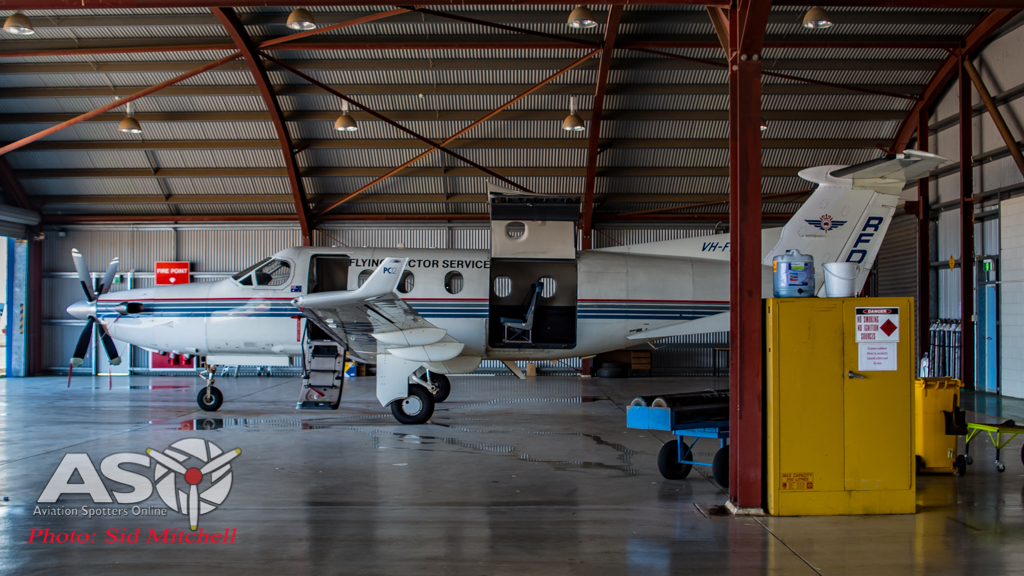
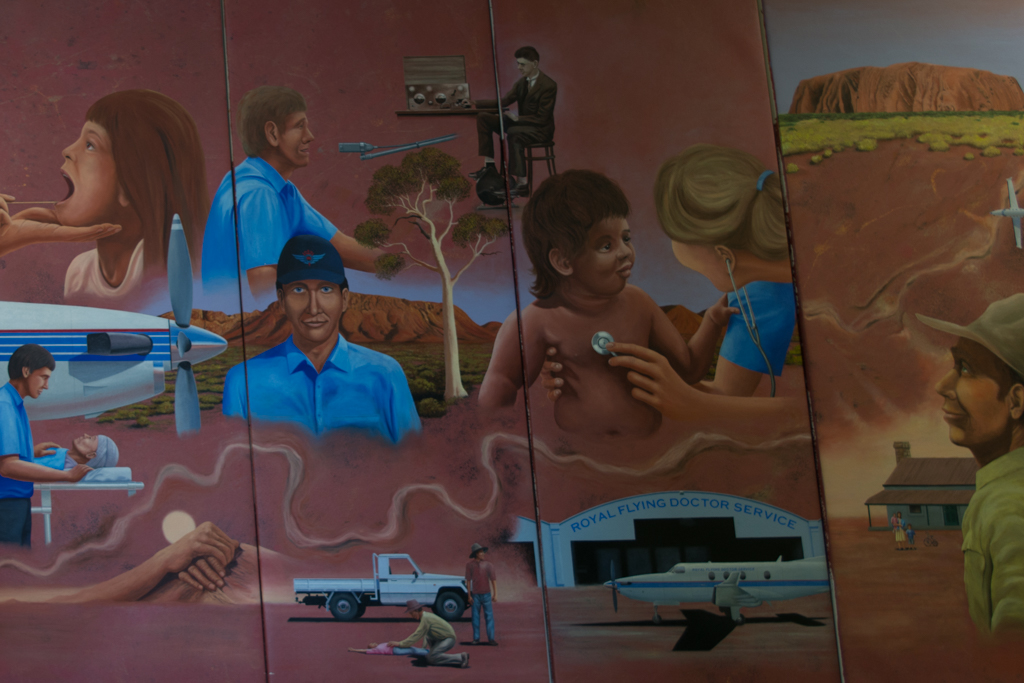

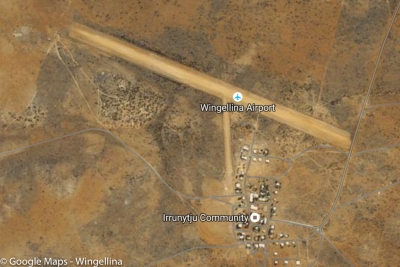





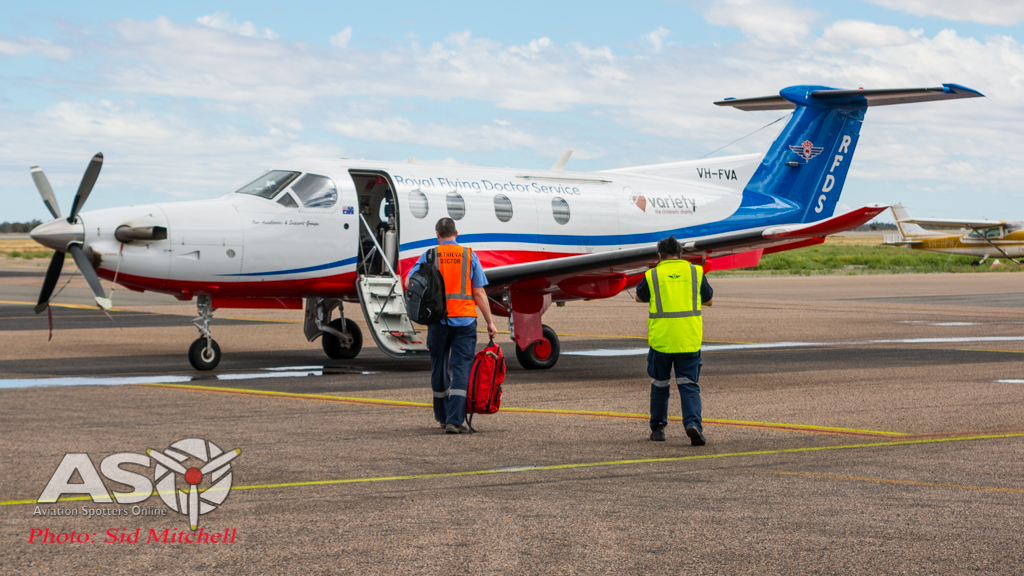
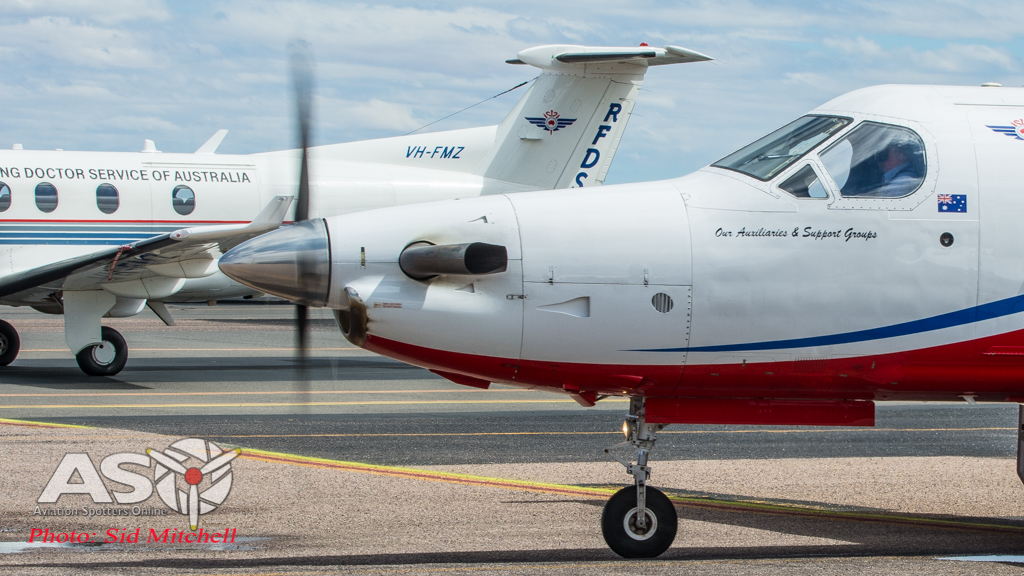



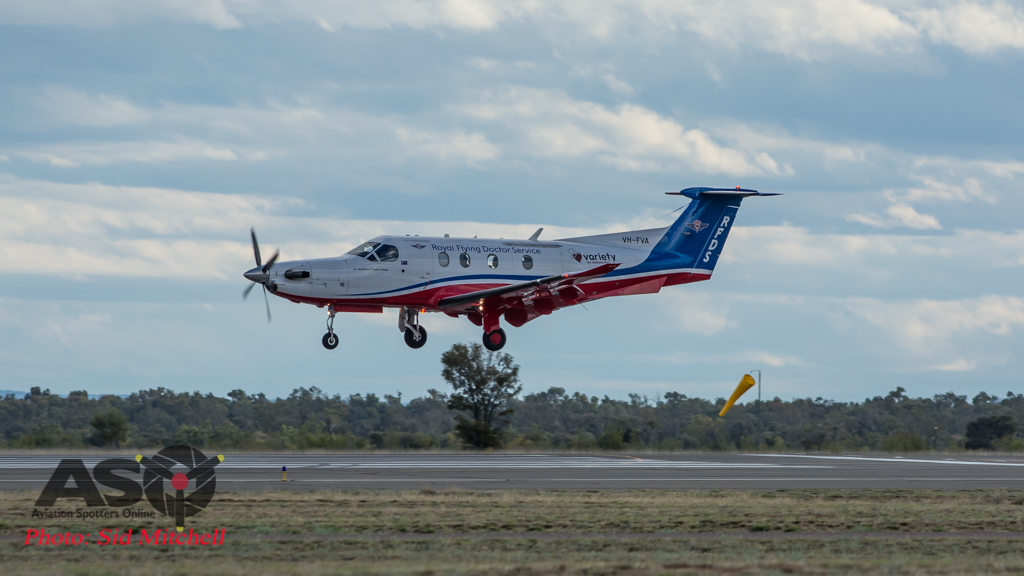
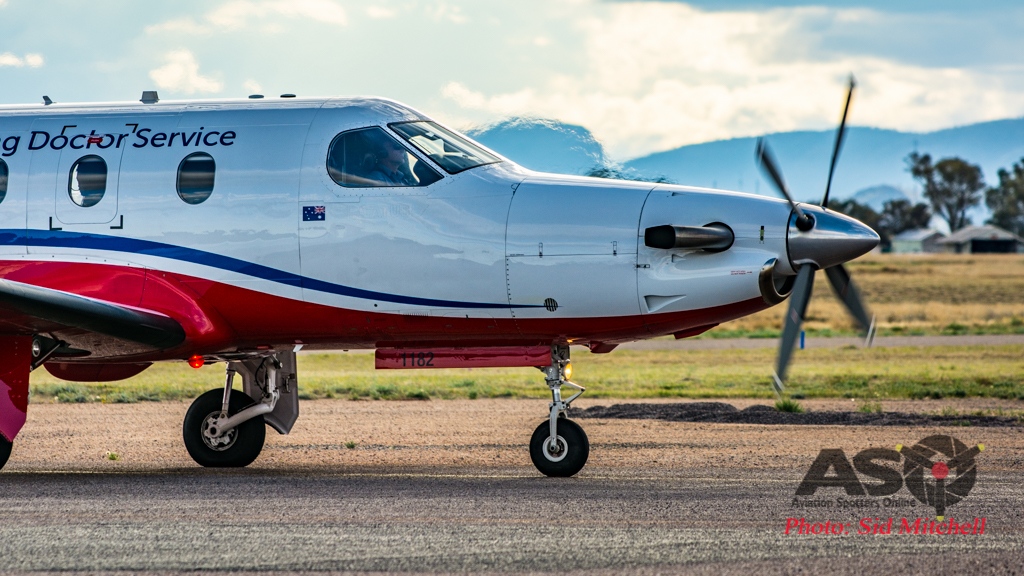

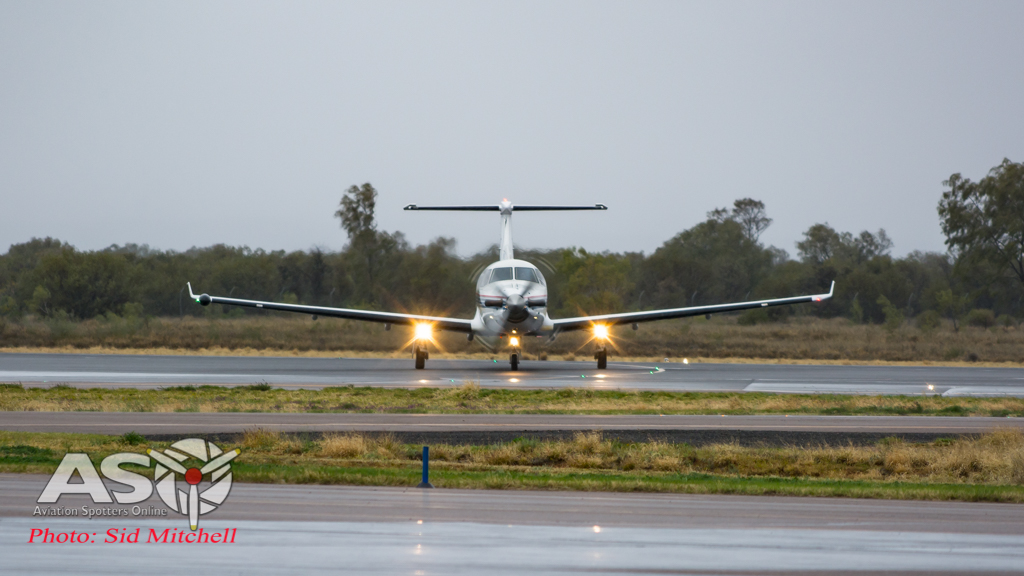
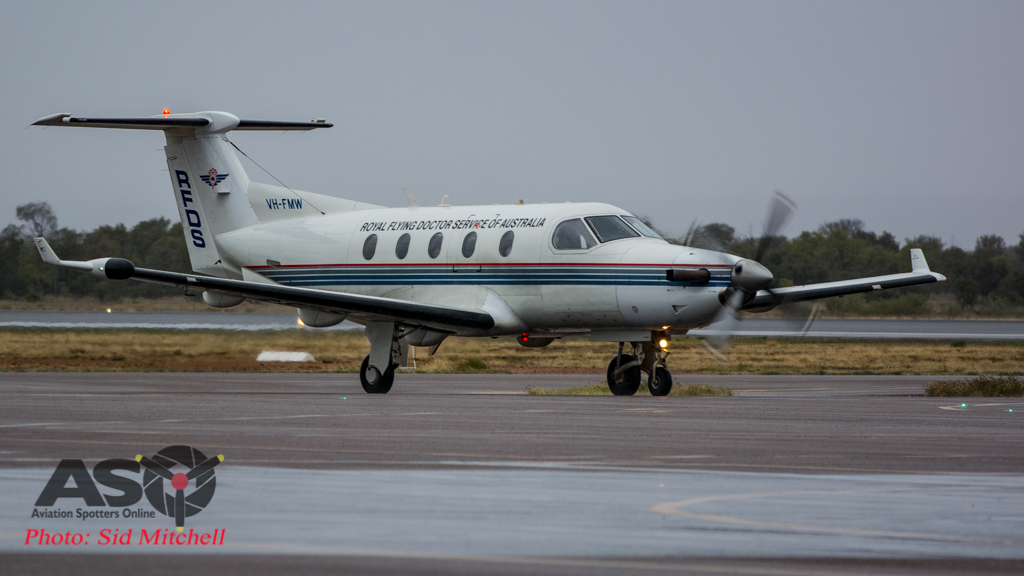
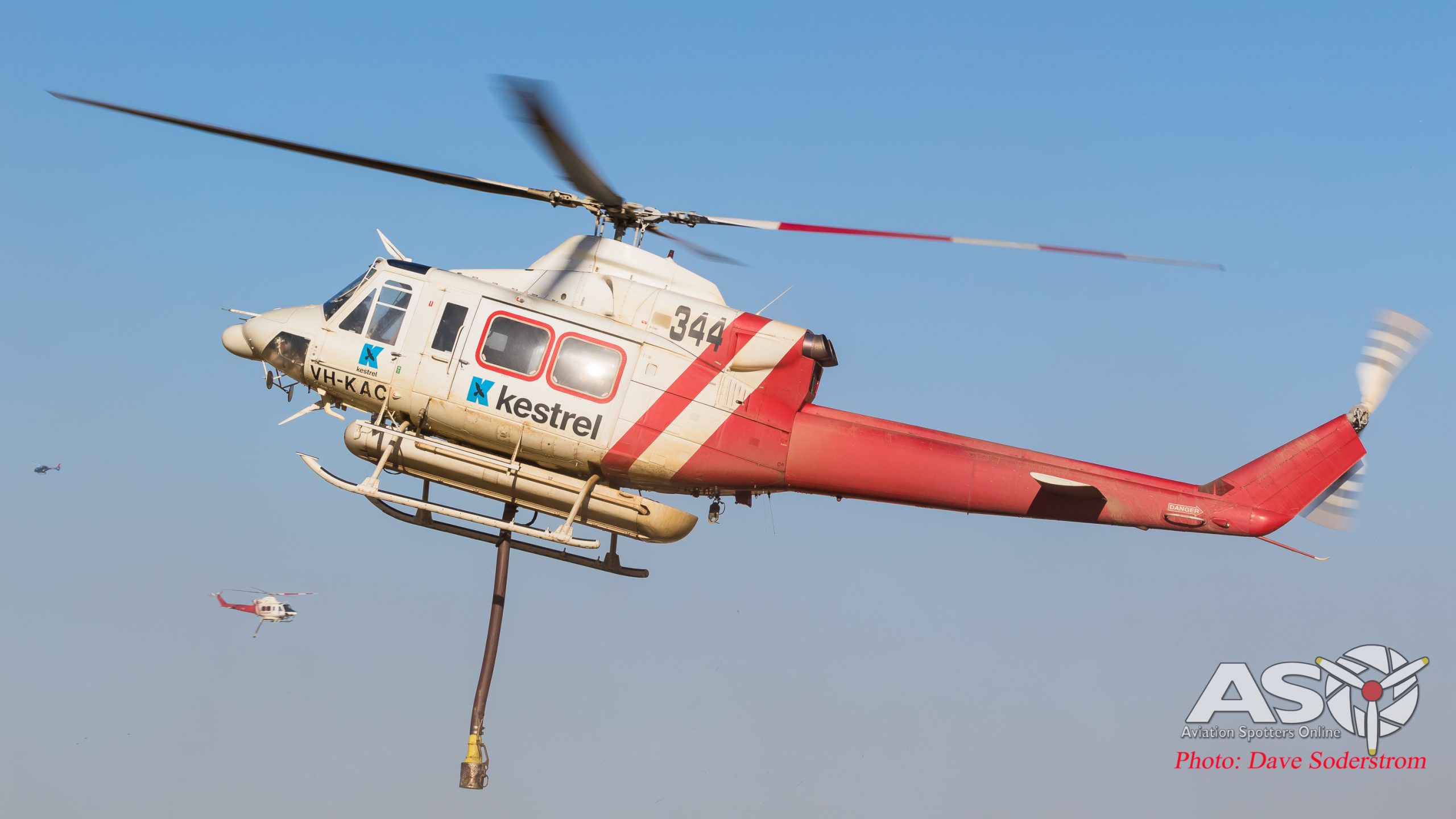
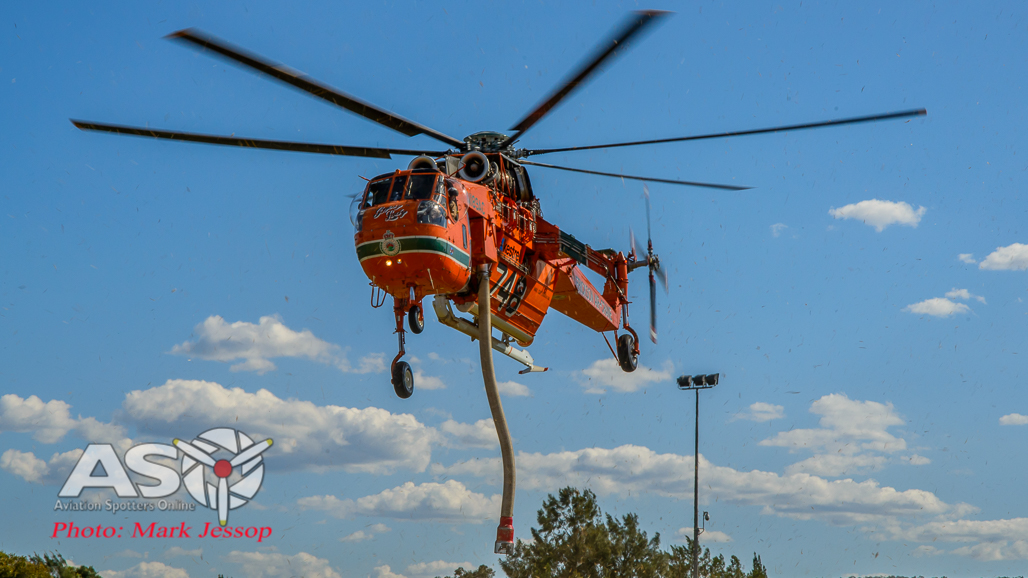





I just loved the article as it was so informative . I am Shane’s old former teacher from his two Primary schools and I am so proud of his career and achievements . the RFDS is so vitally important in the Australian outback where distance is a problem and we still have many areas not serviceable by roads . Congratulations on a well presented and informative piece .
Thank you Judy and yes he was a great help that day – must have had something to do with the influential tutelage he received as a young lad. 🙂 And you are so right, the RFDS provides such an important link to good health for those in our rural and more remote regions. I see they have received a couple of new aircraft the other day – good news for the RFDS.
Great article.
Seen many of those aircraft down here in Adelaide.
Great to see them get around too. Major servicing performed in Adelaide. Couple of new aircraft out and about too in SA.